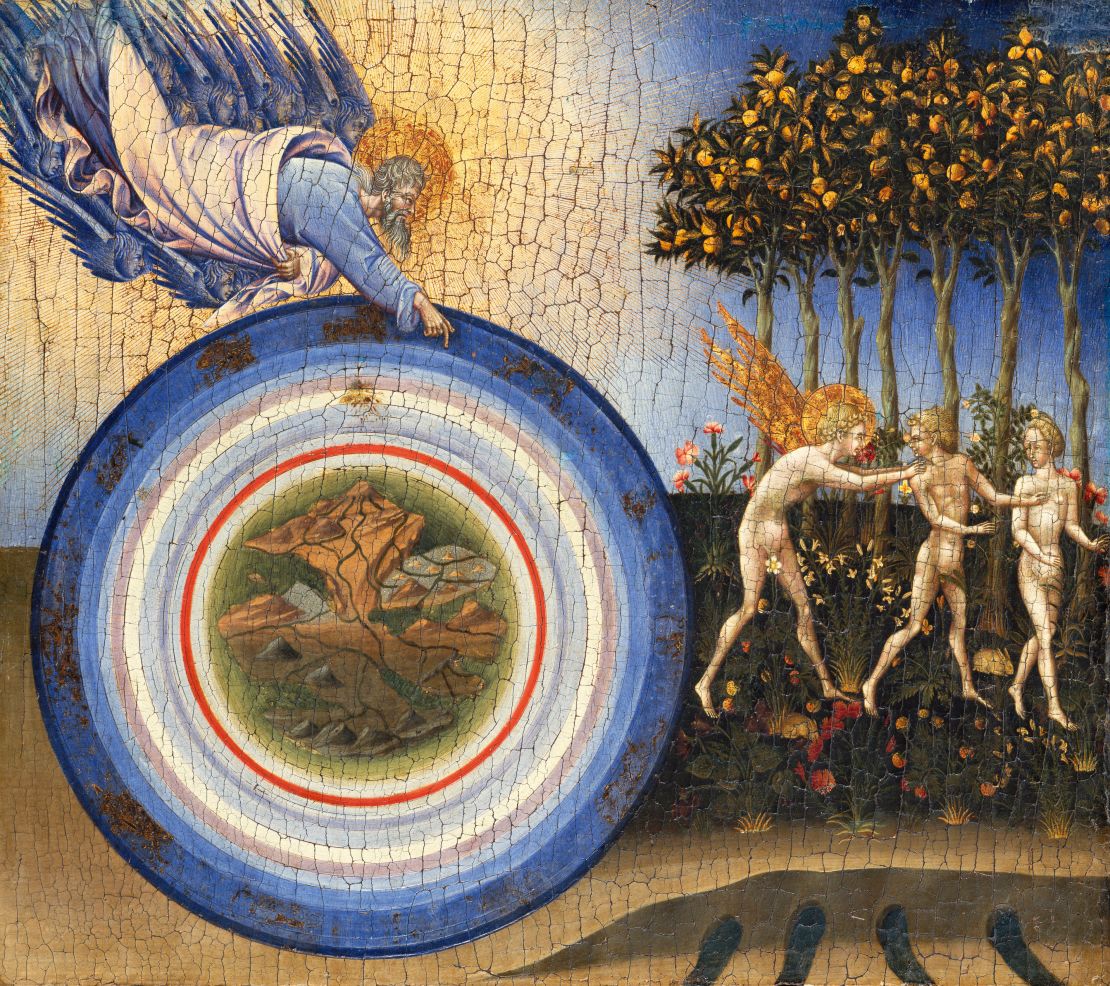On the walls of the Lascaux cave in France, prehistoric artists produced one of the oldest known star maps – six dots painted above images of Paleolithic beasts. Some 17,000 years later, in 2017, NASA produced a series high-definition photographs showing Jupiter’s stormy south pole.
Humankind’s attempts to picture the cosmos have come a long way. But according to a new book on how we depict the universe, this isn’t just a matter of science. It’s also about art.

Bringing together a collection of 300 images – from ancient stone carvings to abstract modernist paintings – “Universe: Exploring the Astronomical World” charts our history of mapping, illustrating and finding meaning in the skies above.
The book features work by artists and thinkers of the past, including Galileo’s sketches of the moon, Andy Warhol’s pop art print of Buzz Aldrin and religious manuscripts envisaging galactic disasters sent by God.

Through them, we can see changes in how humans understand the universe and our place within it, according to Paul Murdin of University of Cambridge’s Institute of Astronomy. As he writes in the book’s introduction: “As we have learned more about (the universe) physically, we have also come to interpret it in different ways. For that reason, space has long fascinated scientists, astronomers and visual artists and it remains a recurring subject in our society and culture.
“Many of the images (in the book) prove that, as astronomical research continues, the close relationship between the scientific and the artistic will remain as close as it has been for the last 17,000 years.”
“Universe: Exploring the Astronomical World,” published by Phaidon, is available now.















